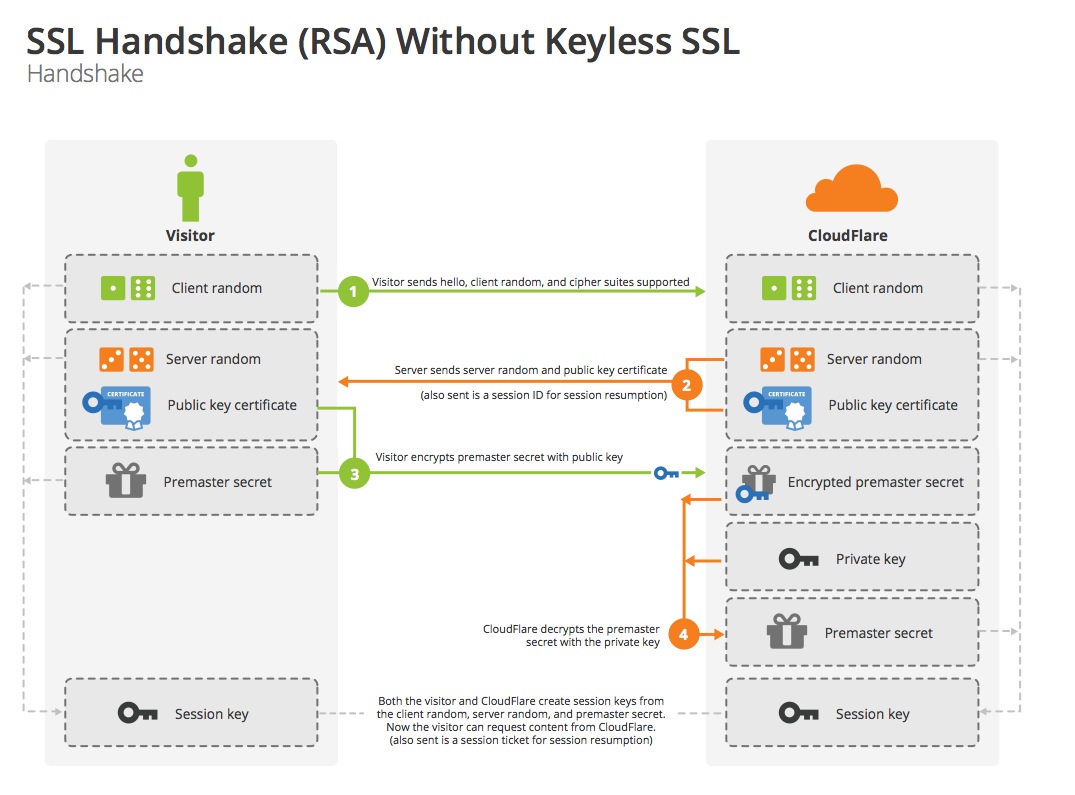
The solution is to disable Diffie-Hellman from the client or the server. The session key is transferred encrypted with a dynamically generated key pair (instead of encrypted with the public key from the certificate) if the SSL session is using a Diffie-Hellman cipher. We can confirm an SSL session is using a Diffie-Hellman cipher if the Cipher Suite value of the Server Hello message contains " ECDHE" or " DHE". If Wireshark still doesn't decrypt the TLS/SSL packets, then the SSL session may be using a Diffie-Hellman cipher.
 Password: The password of the PFX file.Īfter that, the current viewing trace or the future captured trace will be decrypted as expected. Key File: Select the PFX file you just exported. Port: The general port number of HTTPS is: 443. IP address: Target server IP address, you can input "any" as well. In Wireshark menu, go to: Edit -> Preferences.Įxpand Protocols -> SSL, click the Edit button after RSA key lists. You can configure it from either client side or server side, depending on where you view or capture the network traffic. Open the server certificate of an IIS website, click Details tab, click Copy to File.Ĭlick Next in the wizard, select Yes, export the private key, then click Next.Ĭhoose Personal Information Exchange - PKCS # 12 (.PFX), leave the three checkboxes unchecked, click Next.Ĭheck Password and set a password, click Next and then export the PFX file.Ĭonfigure Wireshark to use the private key for decryptionĪfter having the PFX file, we can configure Wireshark to use the private key to decrypt SSL/TLS packets. Export the private key of a server certificate from an IIS serverįirst, we need to export the private key from the web server, take the IIS server as an example here. The first method is: Using the private key of a server certificate to decrypt SSL/TLS packets. Using the private key of a server certificate for decryption
Password: The password of the PFX file.Īfter that, the current viewing trace or the future captured trace will be decrypted as expected. Key File: Select the PFX file you just exported. Port: The general port number of HTTPS is: 443. IP address: Target server IP address, you can input "any" as well. In Wireshark menu, go to: Edit -> Preferences.Įxpand Protocols -> SSL, click the Edit button after RSA key lists. You can configure it from either client side or server side, depending on where you view or capture the network traffic. Open the server certificate of an IIS website, click Details tab, click Copy to File.Ĭlick Next in the wizard, select Yes, export the private key, then click Next.Ĭhoose Personal Information Exchange - PKCS # 12 (.PFX), leave the three checkboxes unchecked, click Next.Ĭheck Password and set a password, click Next and then export the PFX file.Ĭonfigure Wireshark to use the private key for decryptionĪfter having the PFX file, we can configure Wireshark to use the private key to decrypt SSL/TLS packets. Export the private key of a server certificate from an IIS serverįirst, we need to export the private key from the web server, take the IIS server as an example here. The first method is: Using the private key of a server certificate to decrypt SSL/TLS packets. Using the private key of a server certificate for decryption 

Actually Wireshark does provide some settings to decrypt SSL/TLS traffic. However I can only see encrypted network packets in Wireshark because all browsers only support HTTP/2 that run over TLS.







 0 kommentar(er)
0 kommentar(er)
